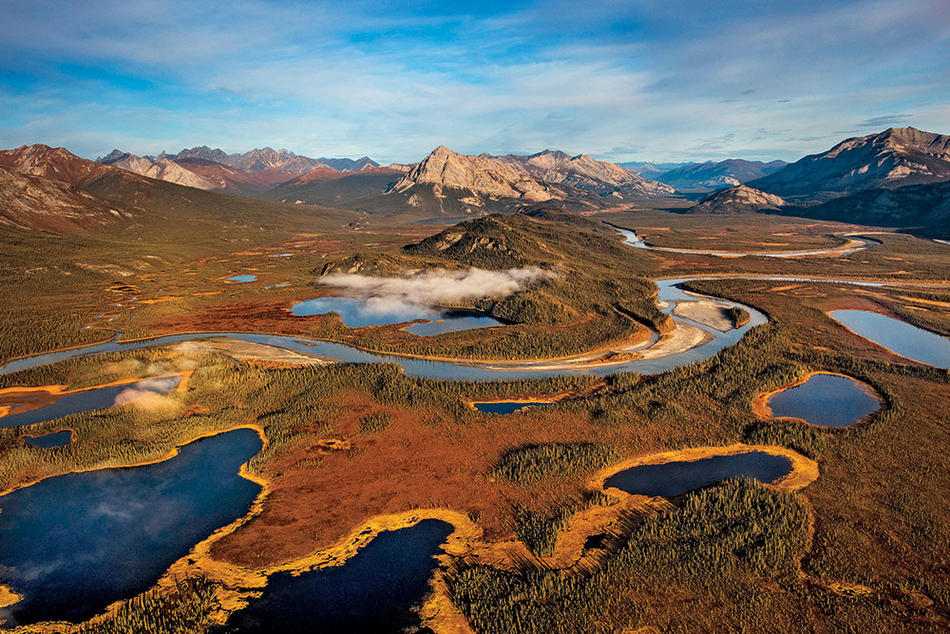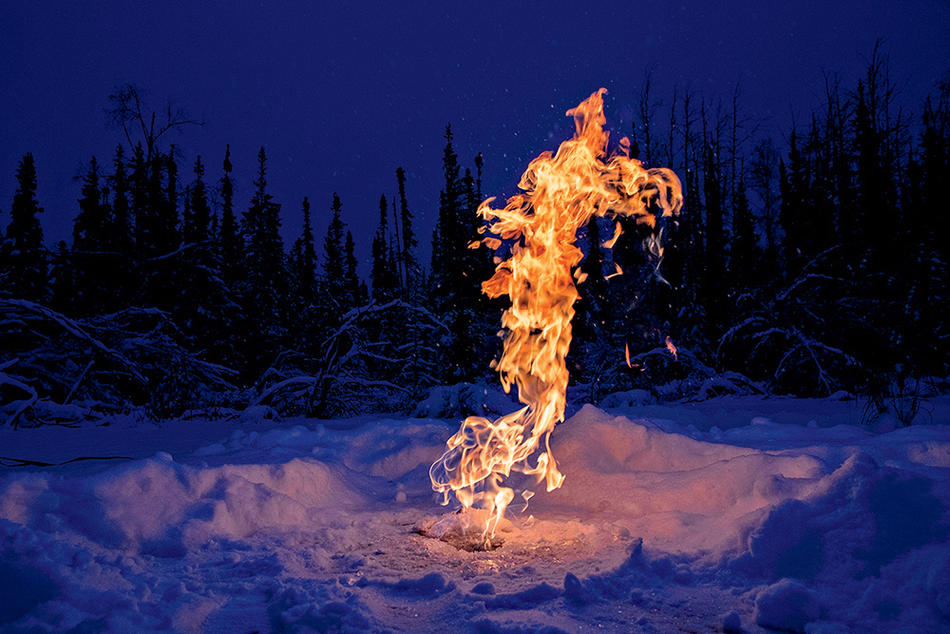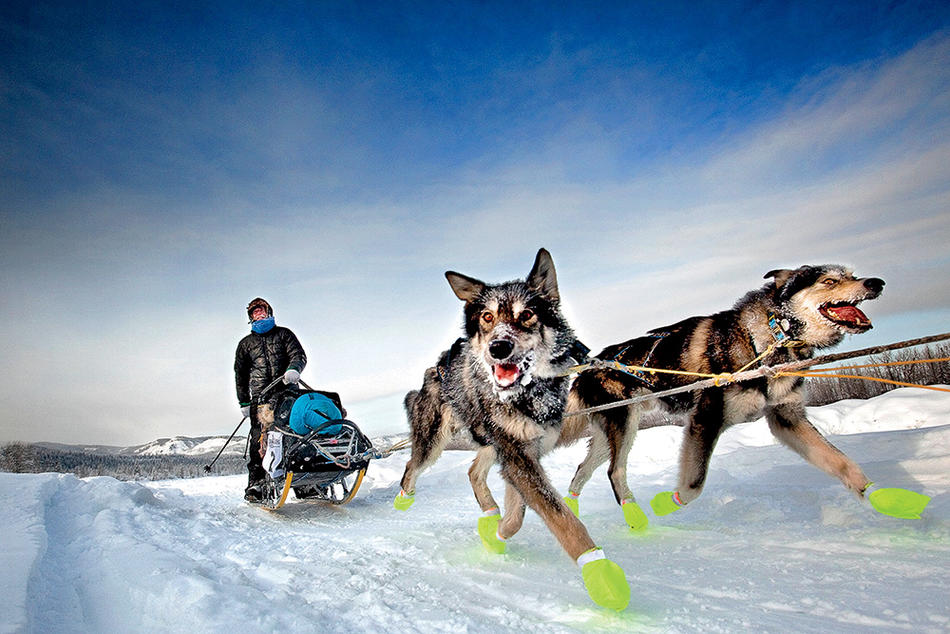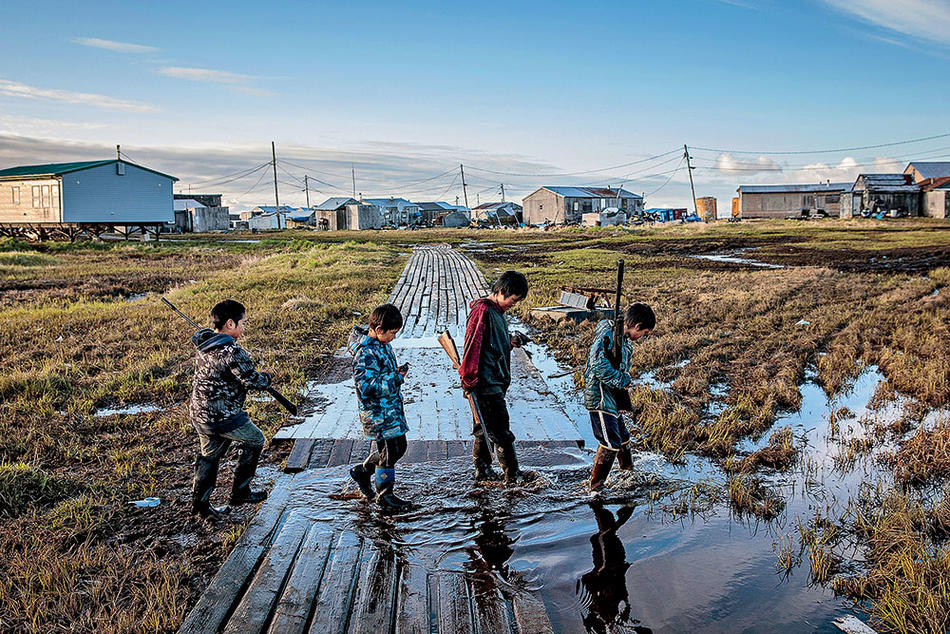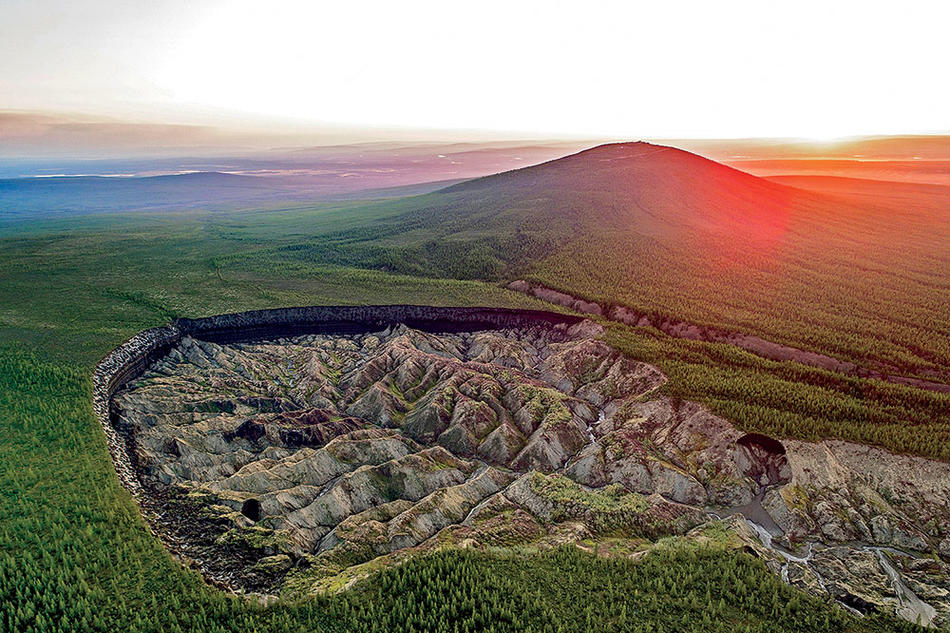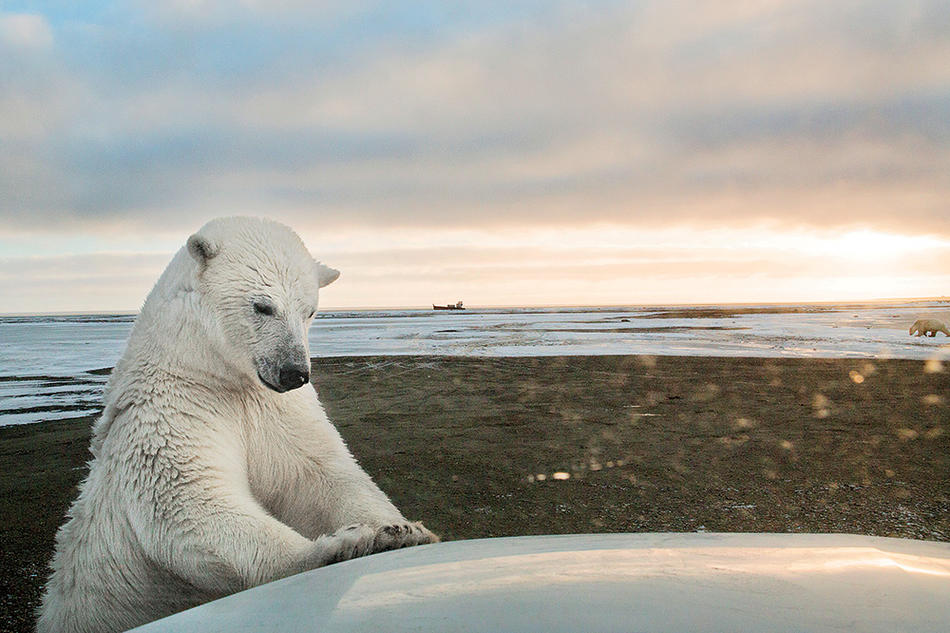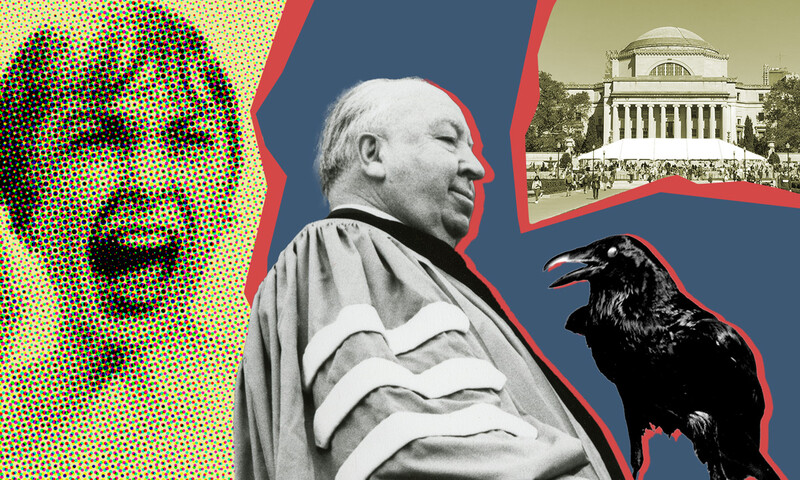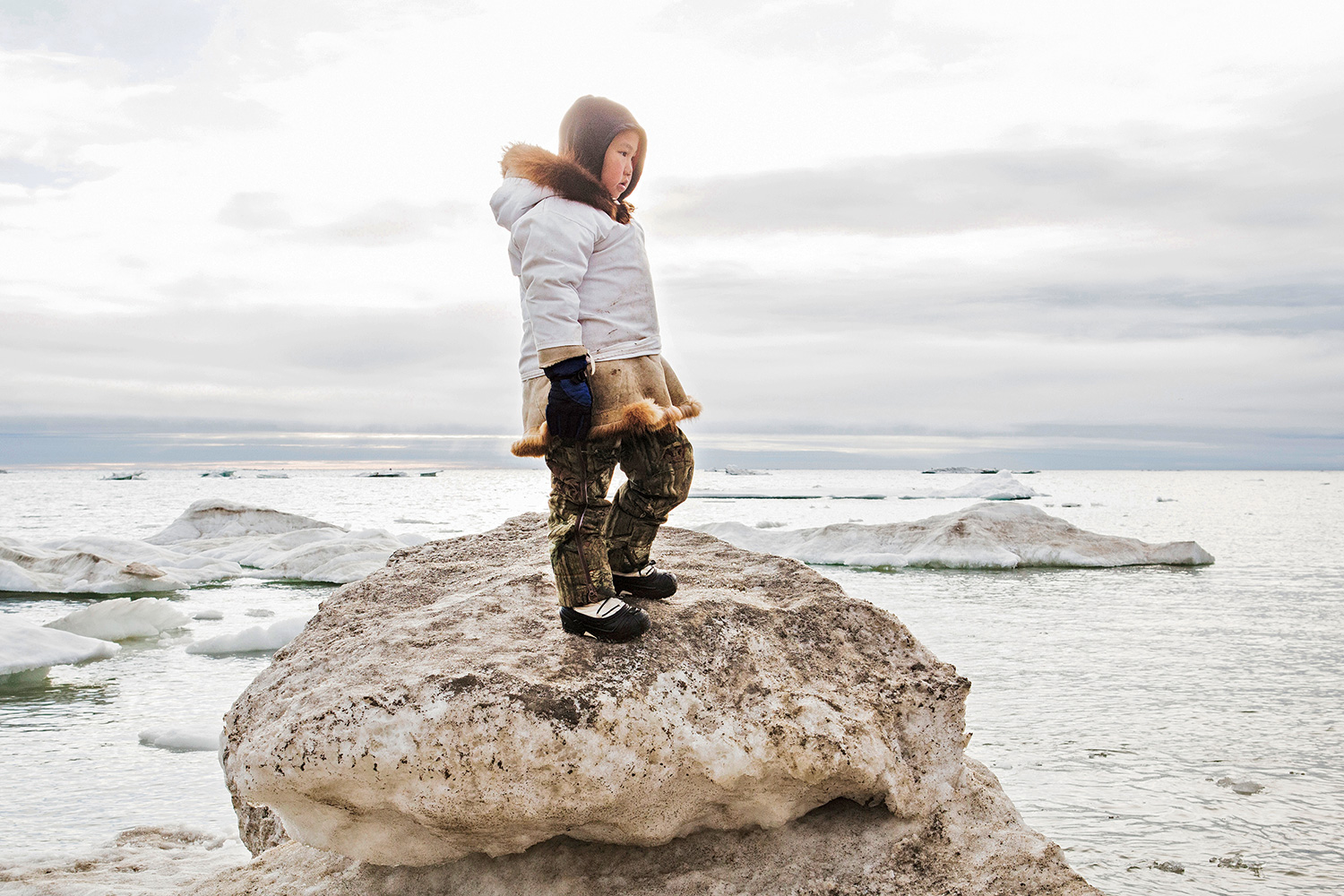
For close to a decade I worked as a photojournalist covering stories in Asia, the Middle East, Africa, and Latin America. I documented sex trafficking in Nepal and women’s rights activists in Mali, and I spent time in Mexico photographing women and children whose lives have been upended by the drug war. Then, in 2014, a chance assignment for an Austrian magazine sent me to the Arctic to photograph the Yukon Quest, a thousand-mile sled-dog race along the historical route traveled by prospectors, adventurers, and mail carriers during the Klondike Gold Rush.
At that time, a trip to the frozen North American hinterlands was about as far out of my wheelhouse as you could get, both professionally and personally. I was born and raised in New York City, and my work revolved around conflict and social issues. Though I’d had plenty of experience with roughing it on assignment, the closest I’d come to living in the wilderness was as a preteen at summer camp in Vermont. I’d never been farther north than Montreal — which was already far too cold for my liking. The Arctic was a part of the world I rarely thought about.
That February, when I arrived in the Canadian Yukon, average temperatures hovered around −30°F. But I couldn’t focus on the cold. The places where the Yukon Quest teams race and train are some of the most beautiful untouched landscapes in the world, and I was blown away by the sparkling snow, dramatic vistas, and muted pastel light. The race, along with the more well-known Iditarod, is one of the toughest sporting events on the planet, and the intense bond between the mushers and their incredible canine athletes both fascinated and moved me. Still, it was just one assignment. I assumed that after a few weeks I would go home to New York City and then return to covering projects in Latin America.
Yet as the race went on, something began to change. About three days in, I was driving around Dawson City, Canada, with Eva Holland, a local writer who has been covering the Yukon Quest for years. Dawson City marks the halfway point in the race, and all the teams were required to take a mandatory thirty-six-hour rest. Eva and I had started to drive across the frozen Yukon River to interview and photograph mushers who had set up camp on the other side of town. We were about twenty feet away from the shore when Eva realized that the ice road — one she had driven on every winter — was no longer frozen. After slamming the car into reverse and getting back on solid ground, we had to take a moment to get over the shock of what had just happened. Eventually we made our way to the camp on foot.
Once we got there, mushers told us their own stories about the dangers caused by erratic weather conditions. I learned that warm spells followed by cold weather create pockets of water in between deceptively thin layers of ice, destroying the trails and ice roads that numerous rural and indigenous villages rely on. This further isolates those communities and, worse, makes it unpredictable and dangerous to hunt by snowmobile or sled.
Hunting and fishing are the cultural and economic anchors of the North’s many indigenous groups, and in addition to creating dangerous conditions for humans, warming weather means that animals are now dying off or migrating in new patterns. This further impacts those who rely on hunting not only for nutrition and income but as a mainstay of their spiritual practices. People told us about how village elders used to be able to predict the weather by looking for certain signs in the landscape. These careful observations, preserved and adapted over hundreds if not thousands of generations, were no longer useful. I also learned about places farther south in Alaska, which I would visit years later, where climate change is exacerbating erosion, accelerating permafrost thaw, and creating storms and floods that are forcing entire villages to relocate. All over the world, communities are being displaced as a result of climate change, and in the US the majority of them are in Alaska. These tiny towns occasionally make headlines, only to recede into the background once the news cycle moves on.
It wasn’t until I saw the day-to-day impact of climate change that I grasped the severity of what is happening to our planet. I knew I had to share this understanding with others, and what started as a random assignment has led to a life-changing new mission. For the last six years, I have spent much of my time in Alaska documenting the real impacts of our changing planet and exploring how climate change is transforming the relationship between people, animals, and the land. A majority of my work has been focused on the resilience, perseverance, and survival of the Alaskan Native communities that are struggling valiantly to adapt their traditional practices to increasingly hostile environments.
Scientists call Alaska ground zero for climate change, and 2019 was its warmest year on record. What is happening there should serve as a warning to the rest of the world. In my work as a photographer I try to frame big-picture political issues by capturing the intimate moments of everyday life behind the headlines. I hope that by focusing on these human stories of our warming climate, I will inspire both empathy and action.
This article appears in the Winter 2020-21 print issue of Columbia Magazine with the title "Images of Change."
